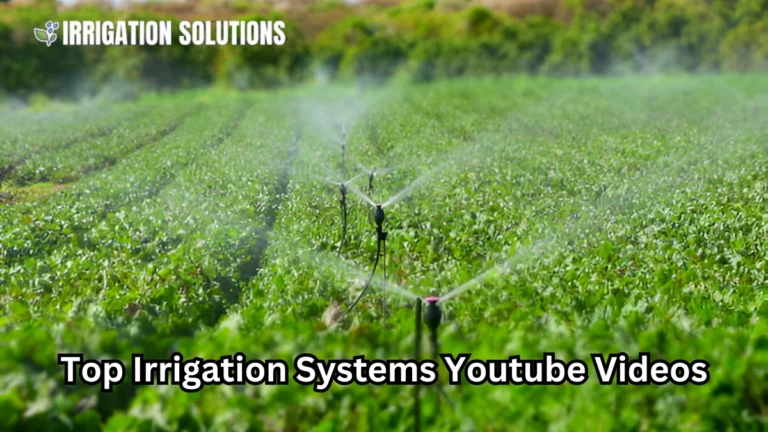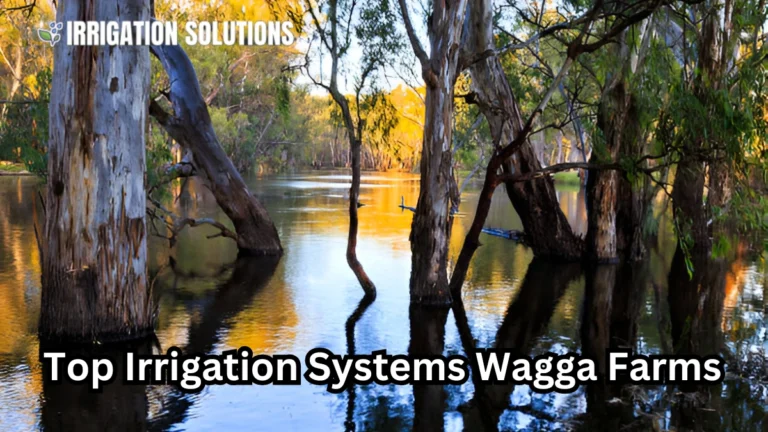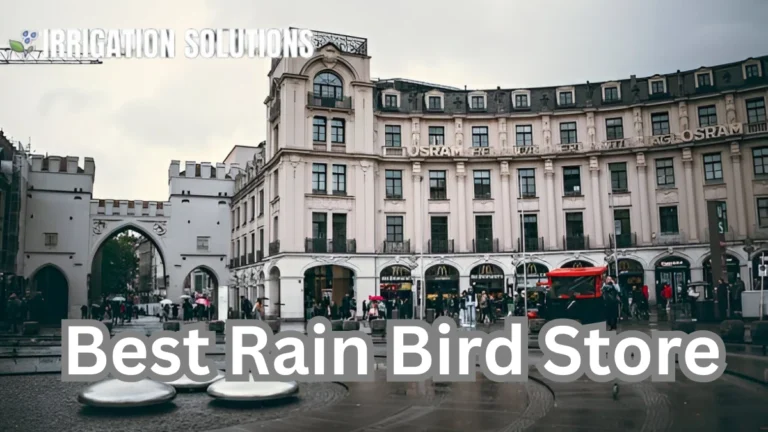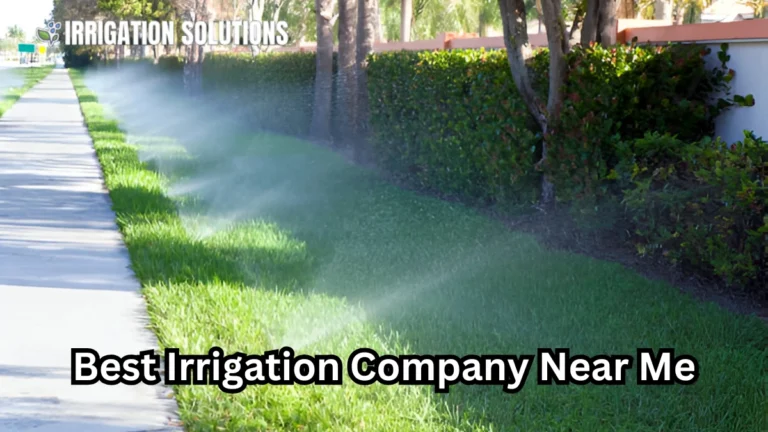Best Irregation Systems

Irrigation plays a crucial role in modern agriculture, landscaping, and water management. Whether you’re a farmer, gardener, or property manager, understanding the right irregation systems can help optimize water usage, increase crop yield, and ensure plant health. This comprehensive guide covers various irrigation systems, their benefits, and how to choose the best one for your needs.
What is an Irregation Systems?
An irrigation system is a structured method of delivering water to plants, crops, or landscapes to maintain their growth and productivity. It is especially useful in areas with irregular rainfall or dry climates where natural water sources are insufficient.
Why is Irrigation Important?
- Enhances plant growth: Provides consistent moisture for crops and gardens.
- Increases yield: Proper irrigation can boost agricultural productivity significantly.
- Water conservation: Efficient irrigation reduces water wastage compared to manual watering.
- Soil health: Prevents soil erosion and nutrient loss.
- Cost effective farming: Reduces labor costs and enhances farm efficiency.
Types of irregation systems
Different irrigation systems are used depending on climate, soil type, crop needs, and available water sources. Here are the most common ones:
Surface Irrigation
Surface irrigation is one of the oldest and simplest methods. Water is distributed over the soil surface by gravity flow.
Pros:
- Low initial investment
- Suitable for large agricultural fields
- Works well with high water availability
Cons:
- High water wastage due to evaporation and runoff
- Can lead to waterlogging and soil erosion
- Not suitable for all soil types
Common Methods:
- Furrow irrigation – Water is channeled through small trenches.
- Basin irrigation – Water is pooled around plants.
- Border irrigation – Water is applied in strips of land.
Drip Irrigation (Micro Irrigation)
Drip irrigation delivers water directly to plant roots through a network of tubes and emitters, minimizing wastage.
Pros:
- Saves up to 60% more water than traditional methods
- Reduces weed growth by limiting water to needed areas
- Prevents soil erosion
Cons:
- High initial cost
- Requires regular maintenance to prevent clogging
Best For:
- Orchards, vineyards, greenhouses, and home gardens
- Areas with limited water supply
Sprinkler Irrigation
This system mimics natural rainfall by spraying water over plants using sprinkler heads or rotors.
Pros:
- Suitable for various soil types and crops
- Reduces manual labor
- Even water distribution
Cons:
- Can lead to water loss due to evaporation
- Requires high water pressure and energy
Best For:
- Lawns, golf courses, and large farms
Subsurface Irrigation
Water is delivered through underground pipes directly to plant roots, minimizing evaporation.
Pros:
- Prevents water evaporation and runoff
- Reduces weed growth
- Efficient water usage
Cons:
- Expensive to install and maintain
- Difficult to detect leaks or issues
Best For:
- High value crops like tomatoes and lettuce
Comparison Table: Irrigation Systems
| Irrigation Type | Water Efficiency | Cost | Best For | Maintenance |
| Surface Irrigation | Low | Low | Large fields | Low |
| Drip Irrigation | Very High | High | Orchards, gardens | Moderate |
| Sprinkler Irrigation | Medium | Medium | Lawns, farms | Moderate |
| Subsurface Irrigation | High | Very High | High-value crops | High |
Best Practices for Efficient Irrigation
1. Schedule Watering Based on Climate
- Water early in the morning or late in the evening to minimize evaporation.
- Adjust irrigation frequency based on seasonal changes.
2. Choose the Right System
- If you have limited water supply, use drip or subsurface irrigation.
- For large scale farming, surface or sprinkler irrigation is better.
3. Regular Maintenance
- Clean filters, pipes, and emitters to prevent clogging.
- Inspect for leaks and fix them promptly.
4. Use Smart Irrigation Technology
- Install soil moisture sensors and automated controllers to optimize water use.
Case Study: How Drip Irrigation Increased Crop Yield by 40%
A farmer in California switched from surface irrigation to drip irrigation for his tomato farm. Within one year:
- Water usage decreased by 50%
- Crop yield increased by 40%
- Reduced soil erosion and improved plant health
This highlights how choosing the right irrigation system can maximize efficiency and sustainability.
Conclusion
Selecting the right irrigation system depends on your specific needs, budget, and environment. Whether it’s drip irrigation for water conservation or sprinkler systems for large areas, each method has its benefits. Implementing efficient irrigation strategies can significantly improve crop production, save water, and promote sustainable agriculture.






